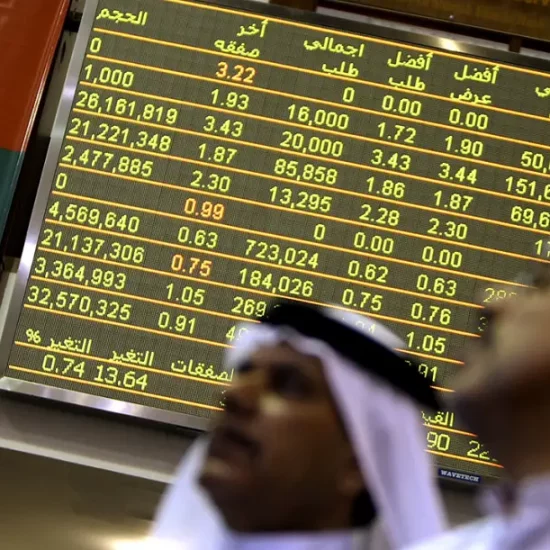 India’s biggest stock-market swings in 16 months are poised to continue, boosting options prices as the prospect of reduced Federal Reserve stimulus spurs further weakness in the rupee, according to JPMorgan Chase & Co.
India’s biggest stock-market swings in 16 months are poised to continue, boosting options prices as the prospect of reduced Federal Reserve stimulus spurs further weakness in the rupee, according to JPMorgan Chase & Co.
The CNX Nifty index has retreated 10 percent during the past month and the gauge’s 30-day historical volatility reached 21.1 yesterday, the highest level since April 2012, according to data compiled by Bloomberg. The India VIX, which measures the cost of Nifty index options, surged 37 percent in the past two days. The last time it jumped this much, in August 2011, the Nifty lost 8 percent in two weeks.
Indian shares are tumbling at the fastest pace worldwide amid concern that government efforts to support the rupee will weigh on Asia’s third-biggest economy, which grew at the slowest pace in a decade during the year ended March. Foreigners have pulled about $12 billion from local stocks and bonds while the rupee has plunged 14 percent since May 22, when Fed Chairman Ben S. Bernanke signaled the U.S. may reduce bond purchases this year if the economy improves.
“Investors should be going long on volatility,” Adrian Mowat, the Hong Kong-based chief Asia and emerging-market strategist at JPMorgan, said in an interview on Bloomberg TV India yesterday. “There is a global story here which is having a negative impact on India.”
Bond Purchases
The Fed will probably cut the central bank’s $85 billion in monthly bond purchases next month, according to 65 percent of economists surveyed by Bloomberg Aug. 9-13. U.S. home sales probably increased to a three-year high in July, according to economist estimates before the report due on Aug. 21, the same day minutes of the Federal Open Market Committee’s July meeting are to be released.
The Bank of New York Mellon India ADR Index of U.S.-traded shares slumped 3.6 percent to 930.49 yesterday, the most in two months. The gauge extended a three-day retreat to 8 percent.
The Nifty’s 10 percent drop since July 19 is the biggest retreat among stock gauges in 45 emerging and developed markets tracked by Bloomberg. India’s benchmark S&P BSE Sensex fell 1.6 percent yesterday, extending its decline during the past month to 9.1 percent. The rupee sank 2.3 percent to 63.13 per dollar yesterday, the most since Sept. 22, 2011. The currency touched an unprecedented 63.23 intraday.
India VIX
The India VIX rose 2 percent to 25.59, the highest level since June 14, 2012. Puts with an exercise level 10 percent below the Nifty cost 9.4 points more than calls betting on a 10 percent gain, according to one-month implied volatility data compiled by Bloomberg. The price relationship known as skew rose to 11.47 Aug. 6, the highest reading since August 2012.
Nifty August 5,300 puts were the most owned among the index’s bearish contracts, followed by August 5,400 puts and August 5,500 puts, data compiled by Bloomberg show. Open interest for the August 5,300 contracts, which have an exercise level 2 percent below yesterday’s close, was 130,270, or 9 percent of the total number of puts outstanding.
The Reserve Bank of India since mid-July has raised the marginal standing facility and bank rates, capped injections into the financial system and tightened banks’ daily reserve requirements to curb money supply, seeking to shore up the currency’s value.
Outflows Targeted
The central bank targeted outflows on Aug. 14, cutting the amount domestic companies can invest abroad without approval to 100 percent of their net worth from 400 percent, and saying residents can remit $75,000 each financial year compared with a previous limit of $200,000.
“It’s all come down to focus on one thing, which is the currency and how do you prevent the rupee from continuing to depreciate,” JPMorgan’s Mowat said.
The Nifty trades at 12.5 times 12-month projected profits, the cheapest since July 2012, data compiled by Bloomberg show.
“Investors with a long-term view can cherry pick stocks even at this time,” A.K. Prabhakar, senior vice president of equity research at Anand Rathi Financial Services Ltd., said by e-mail yesterday.
The measures aimed at steadying India’s currency may delay the economic rebound, according to Future Generali Life Insurance. Gross domestic product may expand 5.5 percent in the year to March 2014, according to the central bank. That lags behind the 10-year average of about 8 percent as well as the performance of neighbors from Indonesia to the Philippines.
About 47 percent of Sensex companies that posted earnings for the June quarter missed analyst estimates. That compares with 27 percent for the March quarter, and 43 percent in the three months ended December, data compiled by Bloomberg show.
“The recovery in growth is likely to get postponed by a few quarters with interest rates rising after the recent RBI actions,” Nirakar Pradhan, who manages $580 million of assets as chief investment officer at Future Generali in Mumbai, said in a phone interview yesterday. “We expect earnings growth to slow in the current year.”-Bloomberg








